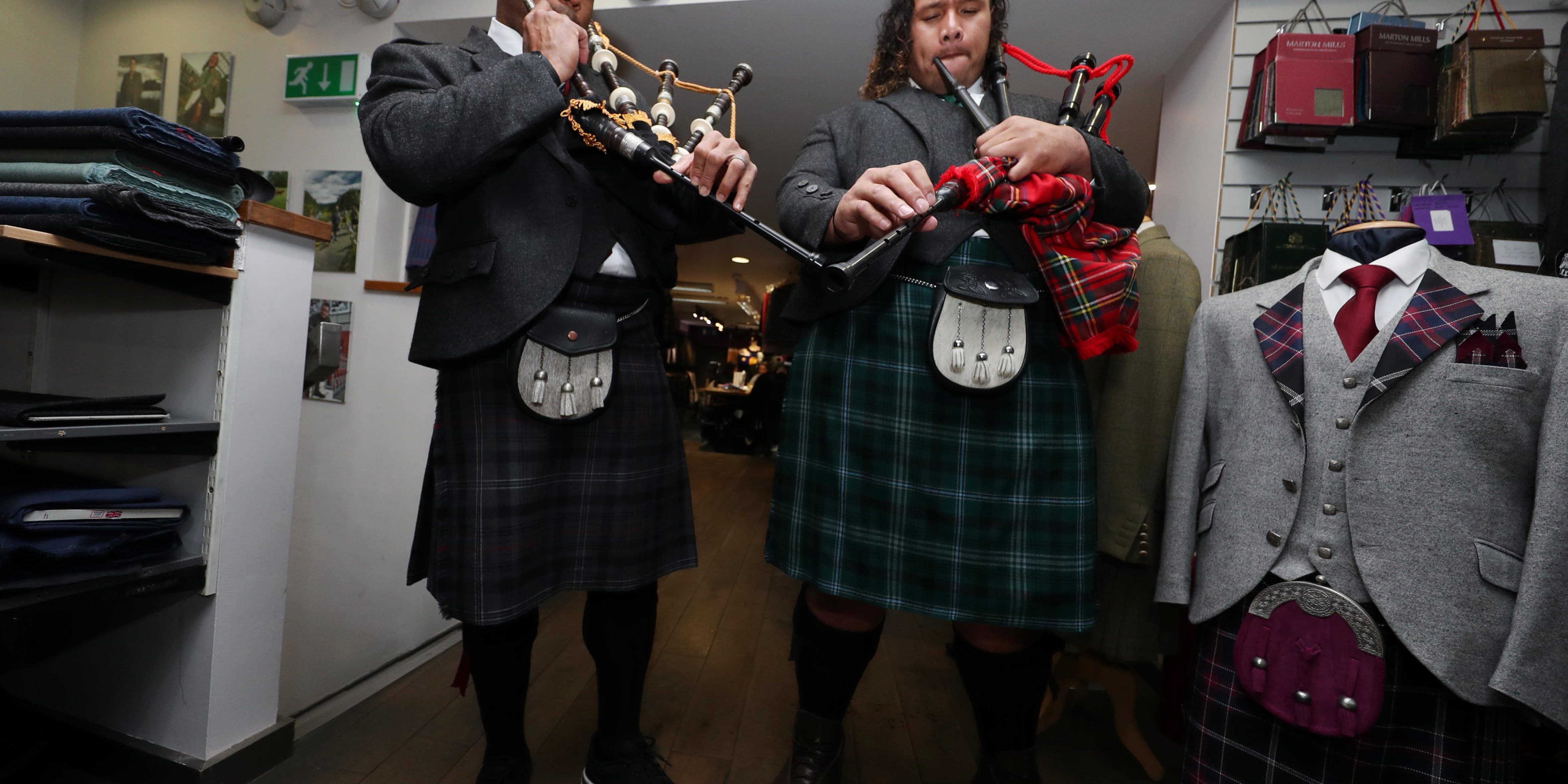

It was not until the mid-eighteenth century that a study on the Scottish Highland bagpipe was done. It was also in the middle ages that the bagpipe began to be used to create music.Īs the use of bagpipes began to spread, piping families began to show up. Historians say trumpets were replaced by bagpipes on the battlefield. The first explicit reference in relation to Scottish Highland bagpipe comes from French history which indicates the use of bagpipes at the Battle of Pinkie Cleugh.

Their use in military settings continues to this day. Their more effective use was in the military where they replaced the trumpet. In the middle ages, bagpipes began to be used in music and were even part of court music.

This folk instrument would, later on, be employed to more uses and gain global popularity. These visual and textual illustrations of bagpipes substantiate the claims that they greatly varied throughout Europe. Although real examples of bagpipes from this era are rare, a great number of carvings, manuscript illuminations, paintings, and engravings live on. Although earlier evidence of the existence of bagpipes is rare, they began to show up more frequently in Western European iconography in the early phases of the second millennium.Īlthough there’s yet to be a consensus on the existence of bagpipes in the British Isles before the fourteenth century, they can be found explicitly mentioned in a fourteenth-century text, The Canterbury Tales.īy the late fifteenth and early sixteenth century, bagpipes had become a regular subject for artisans specializing in the design of wooden choir stalls throughout Europe. was discovered on a Hittite slab at Euyuk (Euyuk is found in the Middle East).Ī number of authors have also associated the ancient Greek askaulos with the bagpipe. For example, The Oxford History of Music reports that a sculptural illustration of bagpipes, dated to 1000 BC. These clues (both visual and textual) tries to substantiate the pre-Roman heritage of bagpipes. Although there’s yet to be substantial evidence to validate this claim, a number of clues have been recommended. They are alleged to take their roots in pre-Roman times. Earlier forms of bagpipes had the bag made out of whole goatskin, sheepskin or bladder (without the hindquarters)īagpipes have a very long history. However, there are Greek and Latin references of around one hundred AD and perhaps an Alexandrian terra-cotta of circa one hundred BC. History of Bagpipesīagpipes are alleged to have existed in Europe since the ninth century, the evidence before this time is rare. They are a very respectable instrument but often come at a relatively higher cost, which can make it not affordable to most people. The bagpipe has been a famous musical instrument across the globe especially in Europe, Western parts of Asia and Northern Africa for many centuries, with its popularity being epitomized by the popular Great Highland Bagpipe in Scotland. A bagpipe is a musical wind instrument with a number of pipes and a bag that is, reed melody pipes and several drones with air supplied endlessly either by a bag or a bellow.


 0 kommentar(er)
0 kommentar(er)
